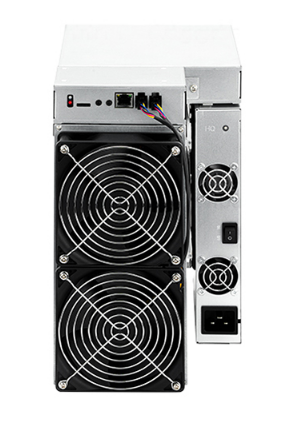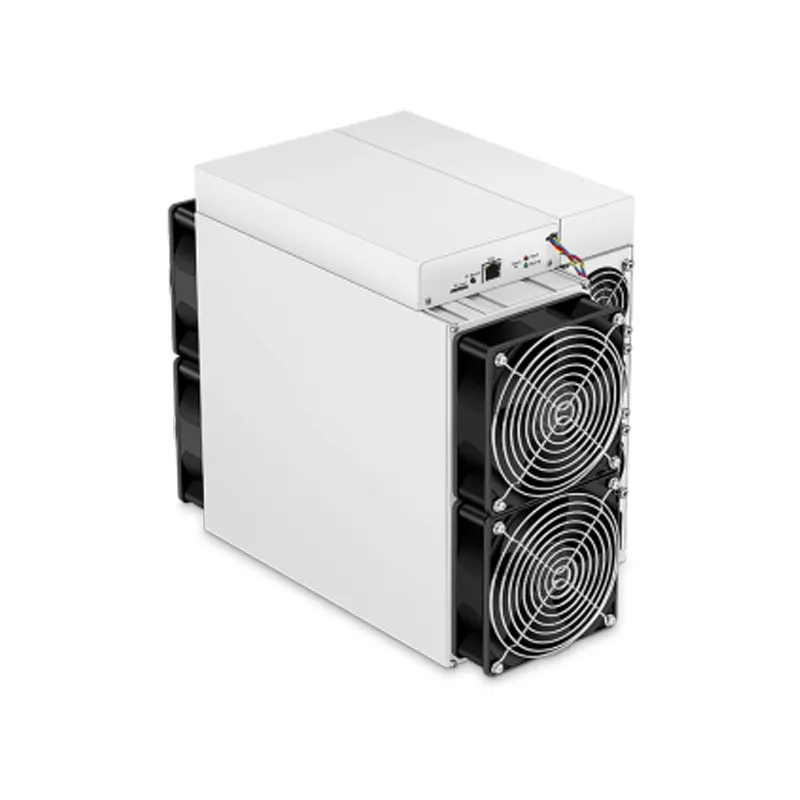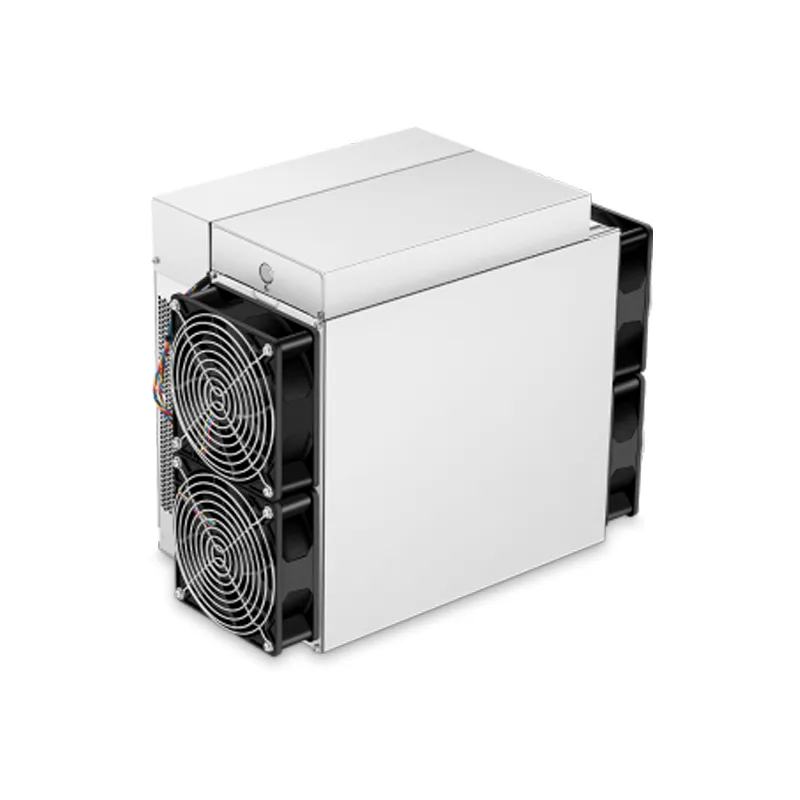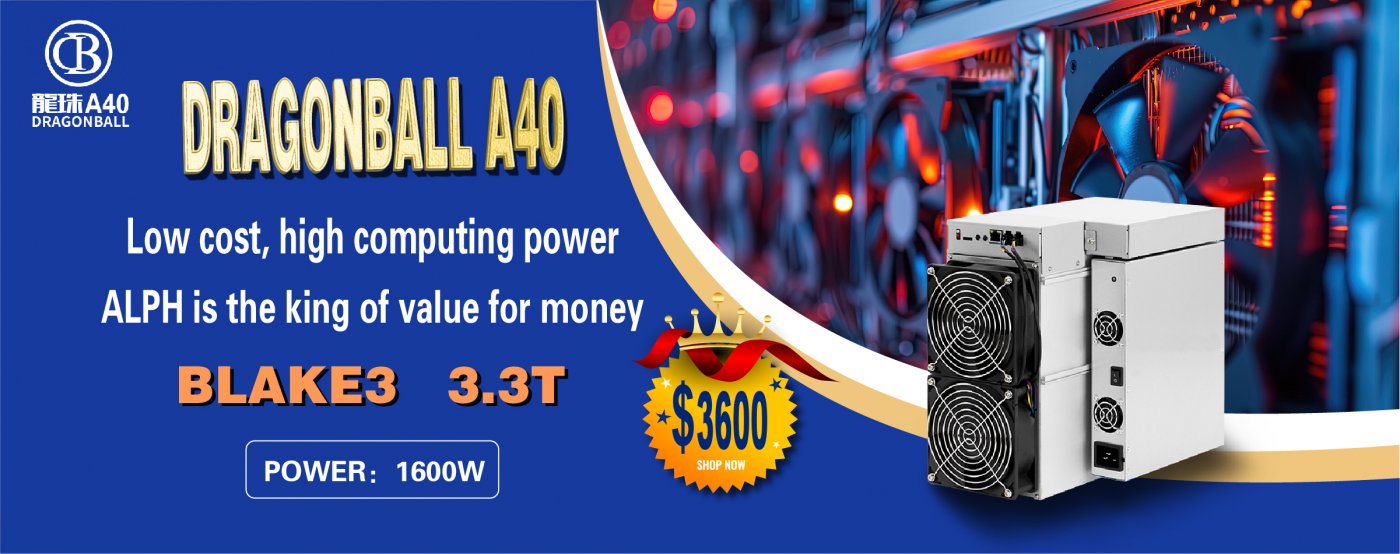Expected Power Usage for DragonBall Miner A40: A Comprehensive Guide for ALPH Miners
The DragonBall Miner A40 has emerged as a game-changer in the cryptocurrency mining industry, particularly for those focusing on the Alephium (ALPH) ecosystem. Designed specifically for the Blake3 algorithm, this professional-grade mining rig combines cutting-edge technology with practical efficiency, making it a top choice for both seasoned miners and newcomers. One of the most critical aspects of any mining operation is power consumption, as it directly impacts profitability and operational sustainability. In this article, we’ll delve into the expected power usage of the DragonBall Miner A40, exploring its technical specifications, energy efficiency, and practical implications for mining operations.
Understanding the DragonBall Miner A40: A Brief Introduction
Before diving into power usage, it’s essential to understand what makes the DragonBall Miner A40 stand out. This miner is engineered for ALPH mining, leveraging the Blake3 algorithm to deliver a hashrate of 3.3T±5%. Such performance places it among the top-tier mining solutions for Alephium, offering miners a competitive edge in an increasingly crowded market.
The A40’s design emphasizes operational flexibility and robustness. It accepts a wide input voltage range (165V to 300V AC), making it compatible with various power grids worldwide. Its compact dimensions (360×185×290mm) and manageable weight (14.5kg) ensure it can fit seamlessly into diverse mining setups, from small-scale home operations to large-scale industrial farms.
Power Consumption: The Heart of Mining Efficiency
Power usage is a cornerstone of any mining operation. The DragonBall Miner A40 operates within a power envelope of 1600W±10%, striking a balance between high computational performance and energy efficiency. Let’s break down what this means in practical terms:
- Energy Efficiency Ratio
The A40’s energy efficiency is calculated by dividing its power consumption by its hashrate. At 1600W and 3.3T, this translates to approximately 0.485 W/Gh. This metric is crucial for miners, as it directly correlates with profitability. Lower energy efficiency ratios mean higher returns per unit of electricity consumed.
- Real-World Power Usage
While the nominal power consumption is 1600W, real-world usage can vary by ±10% depending on factors such as ambient temperature, cooling efficiency, and power supply quality. For example, in hotter environments, the cooling system may draw additional power to maintain optimal operating temperatures.

- Impact on Operating Costs
To estimate operating costs, miners must consider their local electricity rates. For instance, at $0.10 per kWh, the A40 would incur daily electricity costs of approximately $3.84. This figure becomes more significant when scaling up to multiple units, highlighting the importance of energy-efficient hardware.
Optimizing Power Usage for Maximum Profitability
While the A40’s power consumption is inherently efficient, there are several strategies miners can employ to further optimize energy usage:
- Optimal Cooling Solutions
Efficient cooling reduces the strain on the miner’s thermal management system, lowering auxiliary power consumption. Using external fans or immersion cooling solutions can enhance overall efficiency.

- Voltage Optimization
Running the A40 at the higher end of its input voltage range (close to 300V) can improve power efficiency due to reduced current draw and lower resistive losses in electrical components.
- Environmental Control
Maintaining an ambient temperature within the recommended range (0-40°C) ensures the miner operates at peak efficiency without excessive cooling requirements.
- Regular Maintenance
Keeping the miner clean and well-maintained prevents dust buildup, which can impede airflow and increase power consumption.
Comparative Analysis: How the A40 Stacks Up
When evaluating the A40’s power usage, it’s helpful to compare it with other miners in the ALPH ecosystem. Here’s a quick comparison:
| Miner Model | Hashrate (TH/s) | Power Consumption (W) | Energy Efficiency (W/Gh) | |———————|——————|———————–|—————————| | DragonBall Miner A40 | 3.3 | 1600 | 0.485 | | Competitor X | 2.8 | 1500 | 0.536 | | Competitor Y | 3.0 | 1700 | 0.567 |

As shown, the A40 offers superior energy efficiency compared to similar models, making it a more cost-effective choice for miners focused on long-term profitability.
Practical Applications: Real-World Scenarios
To illustrate the A40’s power usage in practice, let’s examine two hypothetical mining setups:
- Small-Scale Home Operation
A hobbyist miner runs a single A40 in their garage. With an electricity rate of $0.12/kWh, the miner incurs daily costs of $4.61. Over a month, this amounts to $138.30—a manageable expense for individual operators.
- Large-Scale Industrial Farm
A mining farm operates 100 A40 units. At $0.08/kWh, the daily cost is $307.20, translating to $9,216 monthly. While substantial, the farm’s total hashrate of 330 TH/s ensures robust returns on investment, especially given the A40’s energy efficiency.
Long-Term Considerations: Sustainability and ROI
The DragonBall Miner A40’s energy efficiency not only reduces operational costs but also enhances its sustainability. As environmental concerns increasingly shape the cryptocurrency landscape, miners using efficient hardware like the A40 are better positioned to align with green mining initiatives.
Additionally, the A40’s 180-day warranty and superior serviceability ensure minimal downtime, further boosting its return on investment (ROI). By minimizing maintenance-related disruptions, miners can maximize their operational uptime and profitability.
Conclusion: A Smart Investment for ALPH Miners
The DragonBall Miner A40 sets a new standard for ALPH mining, combining exceptional computational power with energy-efficient operation. Its expected power usage of 1600W±10% positions it as a cost-effective solution for miners seeking to optimize their profitability. Whether you’re a solo miner or part of a large-scale operation, the A40’s blend of performance, efficiency, and reliability makes it a compelling choice in the competitive world of cryptocurrency mining.

By understanding and optimizing the A40’s power usage, miners can unlock its full potential, ensuring sustainable and profitable operations in the ever-evolving ALPH ecosystem.